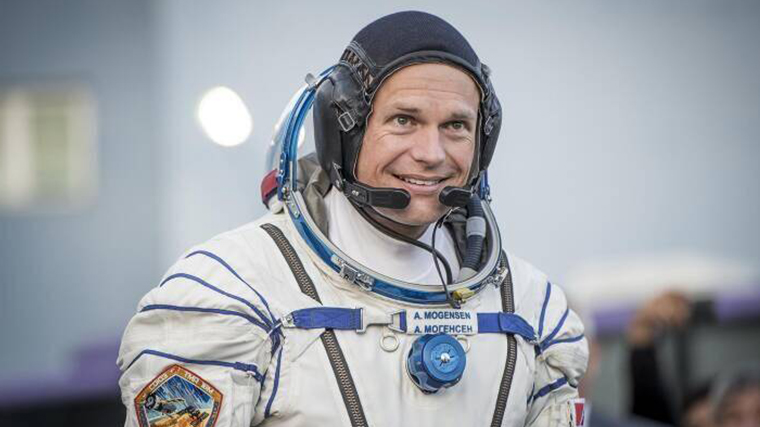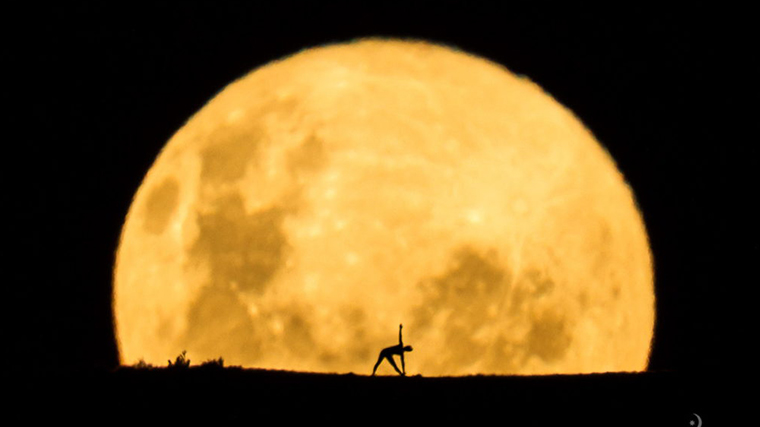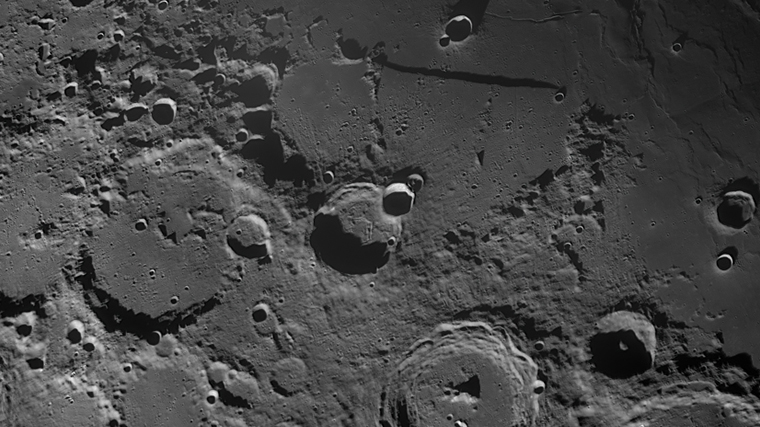It’s worth it, first of all, to know what to do with photographing the natural satellite of the Earth: the Moon is constantly moving at a speed of 3682 kilometers per hour (2288 miles per hour), and the Earth also rotates.
Moon types?
Depending on the appearance or distance from the Earth, the Moon has different names.
Supermoon – The moon is closest to Earth and can appear 14% larger in diameter than during a normal full moon.
Micromoon – The Moon is the farthest from the Earth and is a bit harder to photograph.
Blue Moon – in case of more than one full moon per month. An interesting fact is that this is a very rare phenomenon, where the expression “once upon a blue moon” came from.
Blood Moon – The moon appears during a lunar eclipse. Has a reddish tint.
Eclipse – Sun, Earth and Moon line up perfectly.
Solar eclipse – The moon blocks the sun.
Lunar eclipse – Earth’s shadow falls on the moon.
The best photographers of the moon?
Numerous photographers and astronomers have captured incredible lunar images. Here are some of them:
Andreas Mögens Jensen

A Danish photographer and astronomer known for his detailed lunar and planetary images. He often uses telescopes and high-quality cameras for his work.
Lawrence Philipps
A British astronomer and photographer who has produced stunning lunar images using telescopes and specialized equipment.
Damian Peach
A UK-based astronomer and photographer specializing in astrophotography, including detailed lunar and planetary shots.
Rafael Puethe Hernandez
A photographer and astronomer from Mexico renowned for his breathtaking lunar and cosmic object images.
Charles-Eugène Ménévillete
A French astronomer and photographer who, in the early 20th century, took significant lunar images that aided astronomers in studying the Moon’s surface.
Lewis Ragle
An astronomer and photographer known for his detailed lunar and planetary images. He’s also involved in astronomy education.
Equipment Selection?

To capture high-quality photos of the Moon, you’ll need preparation, good equipment, and a bit of patience. Here are the steps to help you take quality lunar photographs:
Camera: It’s preferable to use a DSLR or mirrorless camera with interchangeable lenses, as it provides more control over shooting parameters.
Lens: A telephoto lens with a long focal length is ideal to capture the Moon’s details and fill the frame.
Tripod: Since lunar photography often involves longer exposures, a sturdy tripod is essential to avoid camera shake.
Timing and Location?
Moon Phase: The best time to capture lunar details is during the “first quarter” or “last quarter” phases when the sunlight casts shadows and enhances surface textures.
Light Pollution: Avoid areas with strong artificial lighting to maintain the quality of your shots.
Camera Settings:
ISO: Set a low ISO (100-200) to minimize noise.
Aperture: Use mid-range aperture values (f/8-f/11) to achieve optimal depth of field.
Shutter Speed: Employ a longer shutter speed (1/250 seconds or more) to capture lunar details. Remember to use a tripod.
Focusing:
Set the focus to infinity. You might need minor adjustments to achieve the sharpest focus.
Photography Process:
Use a timer or remote shutter release to avoid vibrations when pressing the shutter button.
Post-Processing:
After capturing the images, you can use photo editing software (such as Adobe Photoshop or Lightroom) to enhance contrast, sharpness, and colors.
Patience and Practice:
Achieving perfect Moon photos may take time and several attempts. Experiment with settings and techniques to find the optimal approach.
Remember that lunar photography is an art, and it may take some time to achieve the desired results.

Image credit:
https://naked-science.ru
https://www.space.com
https://www.dr.dk
https://www.damianpeach.com
https://drive.google.com

